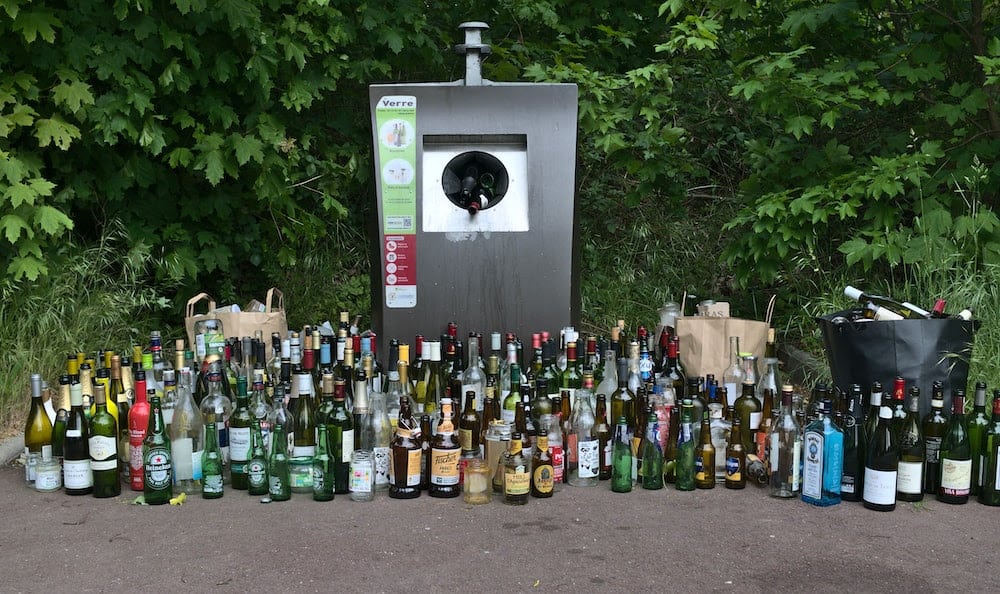
Companies are increasingly communicating their efforts to reduce their carbon footprint and CO2 emissions, which have become one of the most pernicious dangers of the 21st century due to their colorless, odorless nature and catastrophic effects on the planet’s climatic balance.
While the accuracy of the results is often criticized, the ambition is real, and at the 26ᵉ United Nations climate conference in Glasgow, countries and many companies committed to reducing or even eliminating their CO2 emissions.
According to Net Zero Tracker, which brings together NGOs and universities around the world, 136 states and 641 companies representing 90% of global GDP have pledged to achieve carbon neutrality by 2050, i.e. to emit no more CO2 than can be absorbed by carbon sinks such as forests and soils.
To assess the results obtained, Charlotte Degot, Associate Director at the Boston Consulting Group, warns of the need to know the starting point, the extent of efforts already made and those still to be made.

With two years’ experience in calculating companies’ carbon footprints, she believes that, in the vast majority of cases, it remains very complicated to correctly assess what is being released into the atmosphere. A few weeks ago, the Boston Consulting Group surveyed 1,200 groups around the world about their CO2 emissions, and it emerged that 9 out of 10 companies were unable to calculate their emissions, and those that did try had a wide margin of error.
This was the case, for example, for a wine and spirits company whose calculation to measure the carbon footprint of the glass used to produce the bottles showed a 45% discrepancy with the same calculation made by the consultancy firm.
Antoine Rostand, director of the start-up Kayrros, which uses satellite data to track methane leaks, confirms that when it comes to methane emissions from the oil and gas industries, it’s not uncommon to find discrepancies of 1 to 10 between the figures communicated by companies and satellite readings.

Even so, Charlotte Degot acknowledges that it is particularly difficult to measure one’s carbon footprint, even though the GHG Protocol has been an international standard and calculation methodology since 2001.
This protocol requires companies to account for their direct greenhouse gas emissions linked to the combustion of fossil fuels, called scope 1, then those linked to electricity consumption, called scope 2, and finally those indirectly induced in the value chain, called scope 3.
Juliette Decq, manager at Carbone 4, a carbon strategy consultancy, believes that the system is no more complicated than financial accounting, but on an international scale, few companies choose to be transparent on this subject. The Carbon Disclosure Project, the main organization listing the carbon footprints of the world’s leading companies, reports that in 2020, of the 3,200 listed companies that responded to its questionnaires, only 15% provided information on scope 3.
For Juliette Decq, the low return rate is explained by the absence of regulations on corporate environmental reporting. She points out that France is perhaps one of the few countries to require companies to report on their Scope 3 emissions, which represent the most significant emissions – around 80% of a company’s total emissions.

In the case of oil companies, for example, these are the emissions generated by the combustion of petrol sold at service stations. Although France requires companies with more than 500 employees to report on all scopes, many of them fail to meet this obligation.
The Bilan Carbone association estimates that only 30% do, and the fine, which has been increased from €1,500 to €10,000 in 2019, is not a deterrent. On a global scale, of the 641 companies surveyed by Net Zero Tracker, most have excluded scope 3 from their intentions, like Walmart, Saudi Aramco, PetroChina, and Toyota, for example.
Yet this data is not only useful for demonstrating the efforts made with public authorities and citizens, it is also looked at by investors to find out the carbon footprint of their portfolios, according to Aurélie Baudhuin, Director of Responsible Investment Research at Meeschaert Amilton AM, and is necessary for steering emission reduction strategies.
Despite this observation, Laurent Babikian, Director of the Carbon Disclosure Project, explains that companies are becoming increasingly competent in this area and that the rules are more and more restrictive. Technology will also help, as satellite images can be used to account for the actual emissions of the biggest polluters, particularly in the oil, cement, and metallurgy industries.




